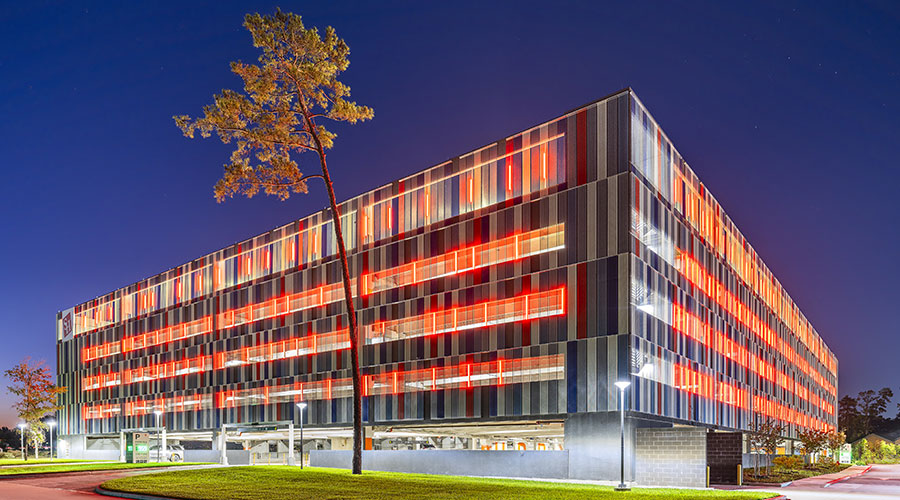Codes, Rebates to Consider for Lighting Retrofits
The U.S. Department of Energy has ruled states must review their energy codes by October 2013 and certify they meet or exceed ASHRAE 90.1-2010. If 10 percent or more of a lighting power load is retrofitted, the space must meet the code requirements. So it makes sense for any lighting renovation or new construction project to be designed to meet the standard. Its goal is to improve building efficiency by 30 percent over the 2004 baseline.
To comply with ASHRAE 90.1-2010, automatic control devices must be manual-on or automatic-on to not more than 50 percent of power. All spaces, except those with multi-scene control systems or 24-hour operation, require one of these control methods:
- scheduled auto shut-off for areas up to 25,000 square feet, based on time of day
- occupancy sensors, with a maximum setting of 30 minutes
- other controls indicating the space is unoccupied.
In enclosed spaces, a control system with at least one step between 30 percent and 70 percent of full power is mandatory. Exceptions include corridors, lobbies, restrooms, stairwells, storage rooms, and electrical or mechanical closets. Whether the source is LED or fluorescent luminaires, control requirements are as important as the power density requirements to meet this code.
To ensure financial benefits from retrofits, managers can take advantage of utility rebate programs. For example, to establish programs, many utilities use specifications from the Consortium for Energy Efficiency (CEE) for high-performance T8 and supersaver T8 lamp-and-ballast systems featuring high-efficiency NEMA Premium ballasts.
Many utilities offer rebates for LED luminaires and retrofits luminaires that are qualified by the Design Light Consortium, which evaluates fixtures much like the Energy Star program. Managers can go to www.DesignLights.org for more information.
Finally, tax incentives created by the Energy Policy Act of 2005 are available through 2013. If a retrofit lowers watts by 40 percent per square foot beyond the requirements of ASHRAE 90.1-2001, organizations can earn a tax deduction of $0.60 per square foot. They can earn a deduction of $0.30 per square foot for a 25 percent reduction.
Related Topics:















